It is a spice and seed pod made from the fruit of the Asian evergreen tree (Illicium verum). With the right climate conditions and farming techniques, Star Anise cultivation can be profitable for farmers across the country.
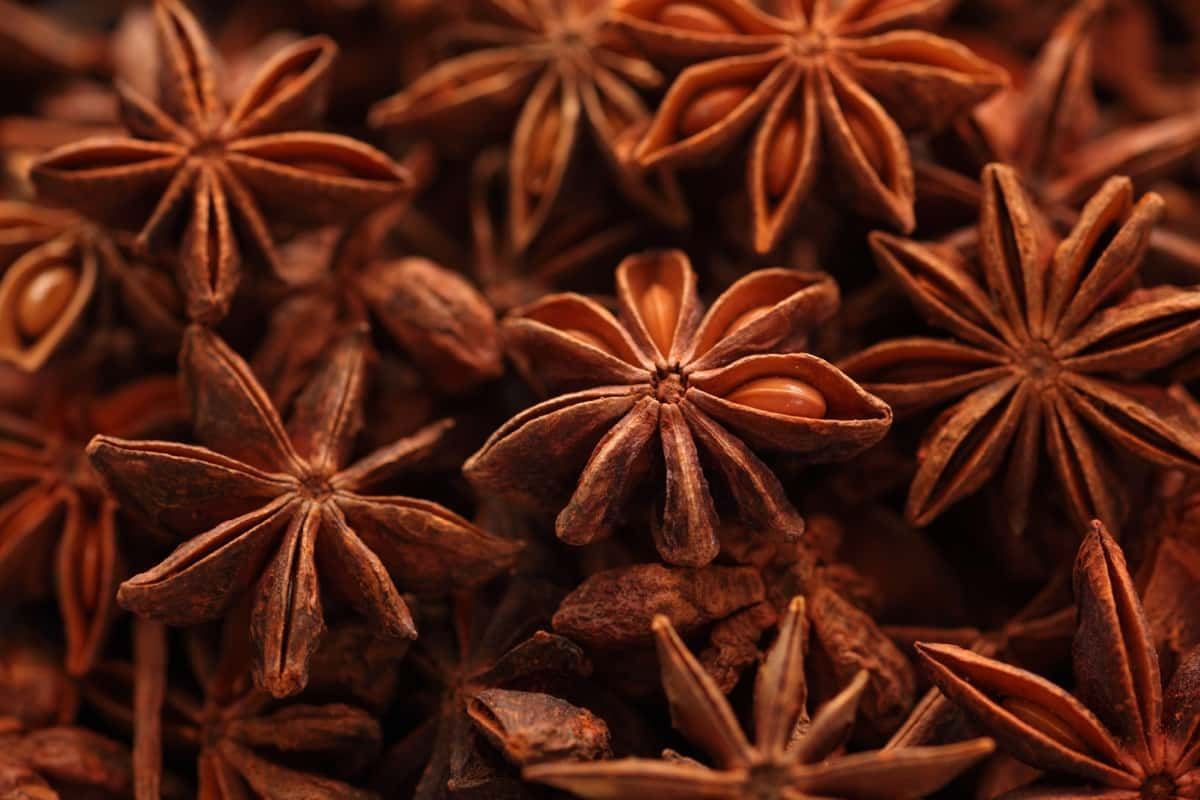
Star Anise Cultivation in India
Climate Requirements for Star Anise Farming
- Star Anise is a subtropical plant that requires a warm and humid climate to grow.
- Rainfall plays a crucial role in Star Anise farming. The plant requires an annual rainfall of around 1500-2000 mm during its growing season from May to December. However, excessive rainfall or poor drainage may result in waterlogging, which can harm the crop’s growth.
- The humidity level must be maintained at around 70% throughout the year for the successful cultivation of Star Anise. High humidity helps maintain soil moisture levels and reduces evapotranspiration rates resulting in healthy growth and development.
- Sunlight is another essential factor for cultivating Star Anise. They require full sunlight exposure during their vegetative stages, with dappled shade optimal during fruit maturation.
Best Soil Conditions for Star Anise Cultivation
- One important aspect of successful Star Anise farming is proper climate conditions. This shrub thrives in warm subtropical climates with sunshine and dappled shade.
- The right soil conditions are vital in ensuring optimal growth and yield. The ideal pH range for growing this spice is 6.0 to 7.5, indicating slightly acidic to neutral soil. Star Anise prefers well-draining soils with good water retention capacity and high organic matter content.
Star Anise Propagation Methods and Seed Sources
- Star Anise can be propagated either by seeds or cuttings. For seed propagation, it is best to plant the seeds in temperatures ranging from 18-20°C for optimal germination.
- If you propagate Star Anise using cuttings, snip a healthy hardwood stem around 5-6 inches long near the leaf node. After cutting, scrap the ends before planting them in a blend of peat moss, perlite, and sand.
- Watering well and providing ample sunlight is essential for successful growth when propagating through either method.
Star Anise Farming Techniques and Practices
- It involves a set of procedures that farmers must undertake to achieve maximum yield. The first step is selecting the right site for planting; Star Anise requires well-drained soils.
- Once the ideal site has been identified, farmers should prepare the land by removing weeds and debris from the planting area, then level it using a tractor or hand tools like hoes and rakes.
- The next step involves propagating seeds or seedlings in nursery beds before transplanting them into the field after 6 months. Farmers should water their plants frequently during this time while maintaining optimal temperatures that promote growth.
- After transplantation, regular irrigation is necessary to ensure proper plant development. Farmers also need to apply fertilizers such as nitrogenous manures and composts during different stages of growth to support healthy development.
- Pruning helps control tree height while promoting better light penetration for improved fruit quality.
- Post-harvest handling involves properly sorting and grading harvested fruits based on size, quality criteria like essential oil content, and drying methods suitable for these delicate spices.
In case you missed it: Paddy Cultivation through Direct Seeding Technology: A Profitable Rice Production Method
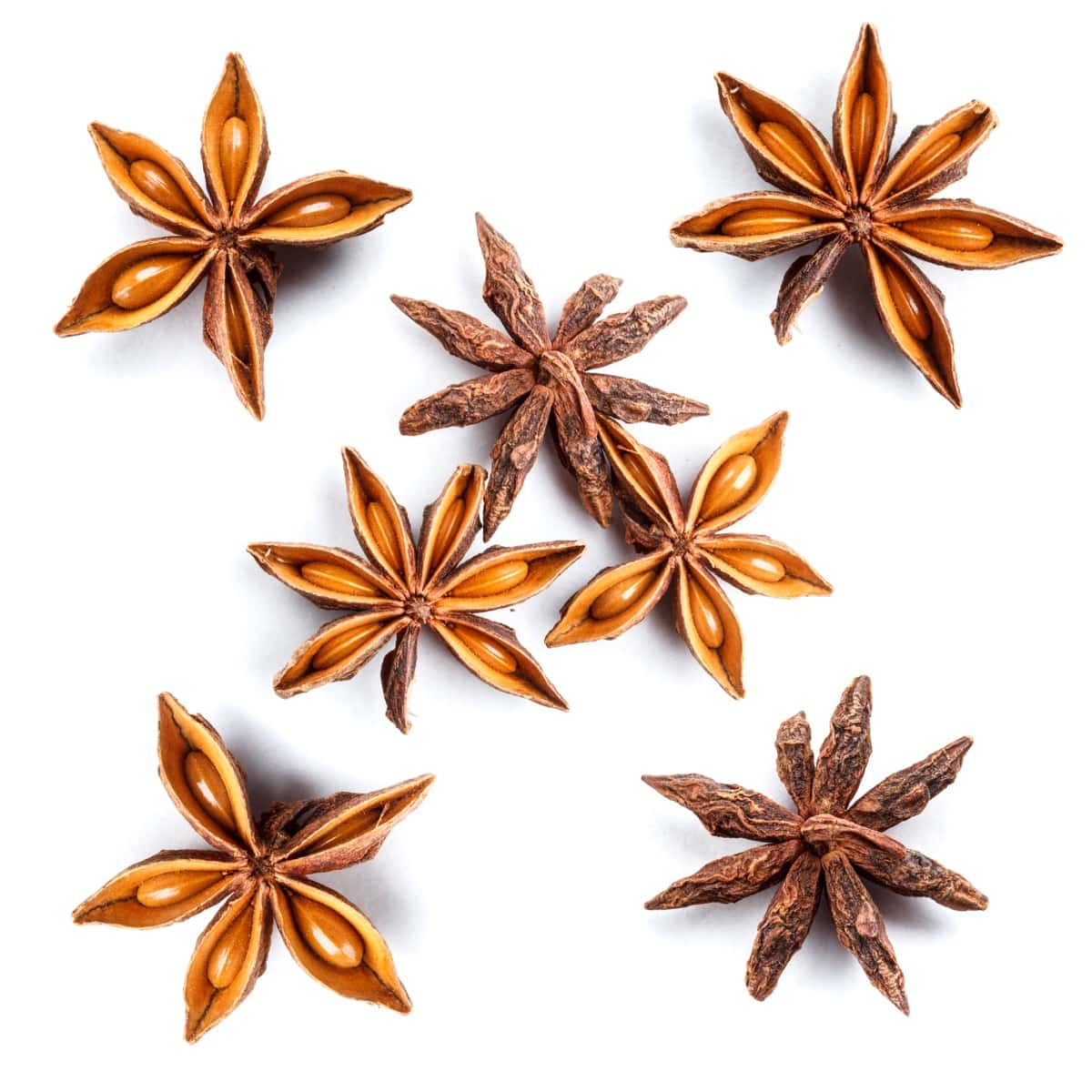
Organic Star Anise Cultivation Methods
- One important aspect of organic Star Anise cultivation is soil health management. Farmers must ensure that the soil is nutrient-rich and has a balanced pH level suitable for healthy plant growth.
- Crop rotation is also crucial in organic farming as it helps maintain soil fertility by preventing nutrient depletion and controlling pests naturally. Cover crops like clover or rye can be planted between cultivating seasons to improve soil quality further.
- Compost tea made from composted cow manure or other animal waste can be used as a natural fertilizer alternative, providing essential nutrients like nitrogen, potassium, and phosphorus required for plant growth.
- Insects like aphids or mites can damage the crop significantly; therefore, farmers must rely on beneficial insects like ladybugs or lacewings to control pests naturally without harmful chemicals.
Cultivating Star Anise in Subtropical Regions
- In the wild, this plant thrives underneath the upper canopy of subtropical climates. Therefore, to cultivate it successfully, you must develop it in areas with woodlands and sunny edges with dappled shade.
- One important factor to consider is temperature. It also needs a humid environment with well-drained soil for optimal growth.
- Another crucial aspect of cultivating Star Anise is choosing the right location for planting. The shrub should not be planted in areas exposed to strong winds or frost since these will damage its delicate leaves and stems.
- When planting Star Anise in subtropical regions, ensure enough space between plants. Also, avoid overcrowding, which can lead to poor air circulation and encourage disease outbreaks.
Optimal Spacing and Planting Density for Star Anise
- Planting the seeds at an optimal distance is important for sufficient space to grow without competing for nutrients and moisture.
- The recommended spacing for planting Star Anise seeds is 12 inches apart, with a depth of 1/8 inch. This ensures adequate room for each plant to grow and develop fully. Planting too close can lead to overcrowding, which will stunt growth or cause plants to die prematurely.
- It’s also essential to consider soil conditions when deciding on plant density per square meter. The ideal number of plants per square meter ranges from 50-200 depending on soil fertility levels; higher densities are suitable for fertile soils since there’ll be enough nutrients available for all plants.
- Ensuring proper spacing between Star Anise crops during cultivation is critical in achieving maximum yields while avoiding competition among individual plants – making them unable to meet their required nutrients and water needs effectively.
In case you missed it: Coffee Cultivation in India: Best States to Grow, Farming Practices, and Production Guide
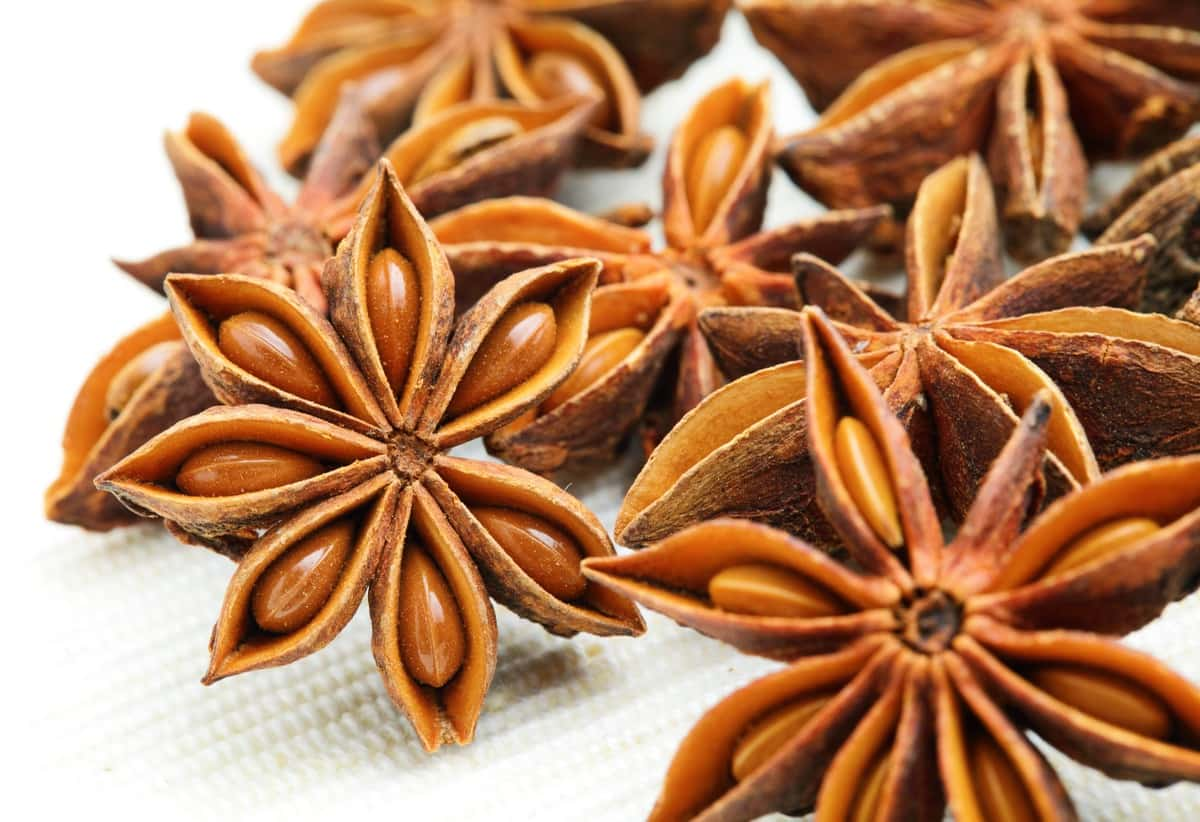
Irrigation and Water Management in Star Anise Cultivation
- Irrigation plays a significant role in the cultivation process as inadequate water supply may result in stunted growth or plant drying up, causing death. Therefore, proper irrigation management practices must be implemented depending on weather patterns and other factors affecting moisture levels, such as soil type.
- Ensuring proper irrigation and water management is critical in cultivating Star Anise. The shrub needs regular watering, especially during the dry season.
- A drip irrigation system is recommended for efficient water use and reduced labor costs. Mulching around the base of each plant can also help retain moisture in the soil.
Pest and Disease Management in Star Anise Farming
- Pest management is essential for successful Star Anise cultivation. Common pests include mites and leaf miners that can cause damage to foliage and fruits. Farmers use a combination of cultural practices, such as regular pruning and sanitation measures alongside organic pesticides, to prevent infestation.
- The most common pest problems in Star Anise cultivation are aphids, mites, scales, and thrips. To prevent these pests from infesting the crop, farmers should adopt cultural practices like regular pruning of infected plant parts and proper sanitation measures to remove weed hosts around the farm area. Farmers can also use biological control methods like introducing natural predators that feed on pests or using organic pesticides.
- Fungal diseases like powdery mildew and anthracnose are common in Star Anise farms due to high humidity levels during monsoon season. To manage fungal infections, it’s advised to maintain good air circulation within the plantation by keeping ample space between plants when planting seedlings.
- Effective monitoring combined with timely action against pest invasion will help farmers achieve better yields while ensuring quality standards for their produce.
Pruning and Canopy Management in Star Anise Farming
- Removing unwanted branches, leaves, and shoots ensures the tree grows evenly and produces high-quality fruits.
- Pruning should start at an early stage when the plant is still young. This helps create a strong central leader trunk that will support future fruiting branches. The lower parts of the tree should be pruned more often than the higher parts as they tend to grow faster.
- Canopy management is also important in ensuring good yields. The trees need enough sunlight for photosynthesis, so it’s important not to overcrowd them by planting too many trees per hectare. Adequate spacing between rows can help with this issue.
In case you missed it: How to Grow Grapes Organically in Maharashtra: Step-By-Step Cultivation Process and Production Management
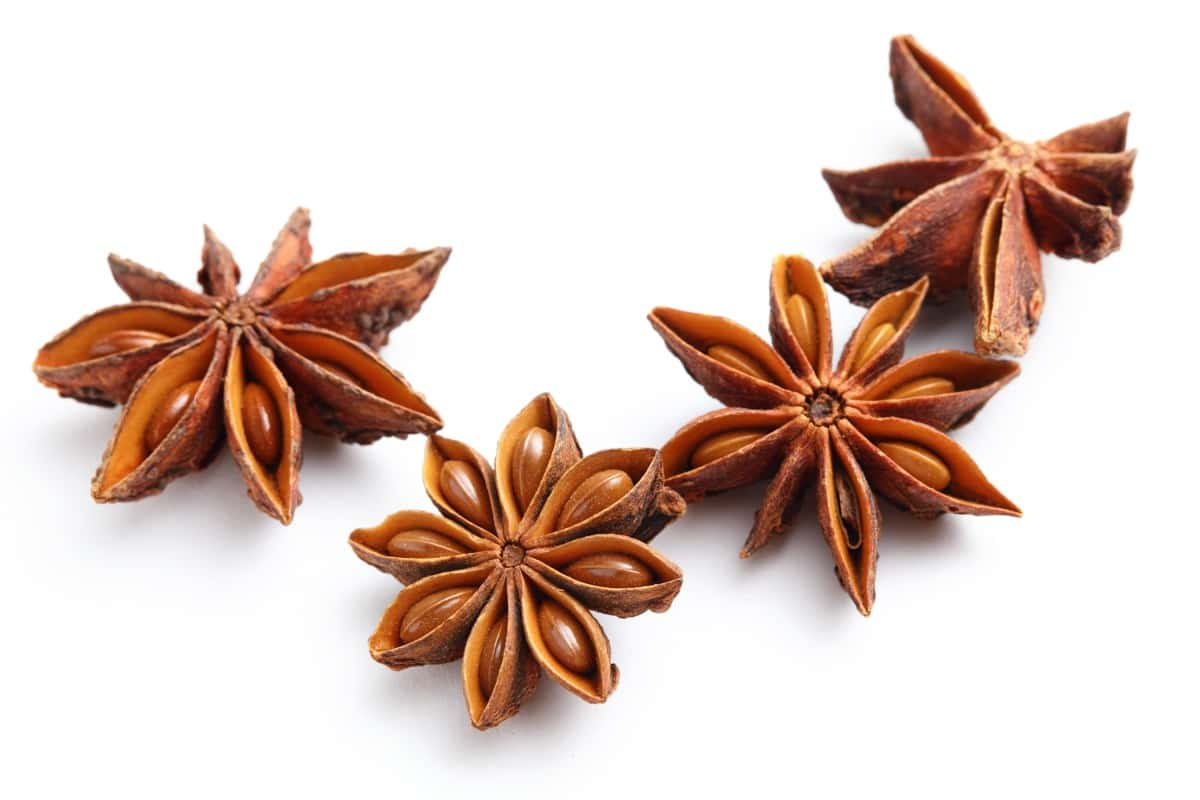
Seasonal Management Practices for Star Anise
- The trees require regular watering during the dry season to maintain optimal growth and yield. Pruning must be done during the winter months when the tree is dormant. This helps improve air circulation and light penetration, leading to healthier plants.
- During the monsoon season, protecting the trees from heavy rainfall is important by providing proper drainage systems or constructing raised beds. Farmers should also monitor their crops for any signs of pests or disease outbreaks that tend to occur during this time.
- Farmers must ensure adequate shade cover for young plants as temperatures rise during summer, as direct sunlight can damage them. Mulching around trees with organic materials like dried leaves or straw can help retain soil moisture and prevent weeds from growing.
- Proper seasonal management practices are crucial in ensuring high-quality yields of Star Anise spice while maintaining healthy plant growth throughout its cultivation process.
Harvesting and Post-Harvest Handling of Star Anise
- The tree takes at least 6 years to fruit if grown from seeds, making it important for farmers to handle the harvested crop properly. The harvesting time for Star Anise is when the fruits have turned reddish-brown. They should be picked carefully by hand or using pruning shears to avoid damaging the branches or leaves. After harvesting, they are sun-dried on mats or trays until they become hard and dry.
- The ripe fruit is dried before it can be sold or processed further. Farmers should pick mature fruits that have reached their full potential but aren’t overripe yet to ensure high-quality drying. After being picked, the fresh pods are spread out on clean mats under direct sunlight for several days until they shrink and become hard.
- Once dry enough, the next step involves separating the seeds from the pod using machines designed for this task. Farmers must use specialized equipment that removes dirt, debris, and other unwanted particles from each seed before packaging them for sale.
- Proper post-harvest handling involves sorting and grading based on size, shape, color, and maturity level before packing them into bags or boxes for storage. It’s essential to ensure that there isn’t any moisture left in the fruits, as this can cause fungal infections during storage.
Profitability Analysis of Star Anise Farming
The profitability of Star Anise farming in India depends on the quality of produce, market demand, yield per acre, input costs like labor, fertilizers, pesticides, etc., and selling price. Star Anise has a high domestic and international demand due to its use as a spice and for medicinal purposes.
Integrated Pest and Disease Management in Star Anise
- It’s important to adopt sustainable practices such as crop rotation, organic fertilizers, soil amendments, and intercropping with companion plants like Marigolds or Garlic, which have natural repelling properties against insects.
- Best practices for integrated pest and disease management in Star Anise cultivation will ensure healthy crop growth and reduce economic losses due to poor quality yield caused by diseases or pest infestation.
In case you missed it: Nendran Banana Production in India: Cultivation Practices and Farming Management
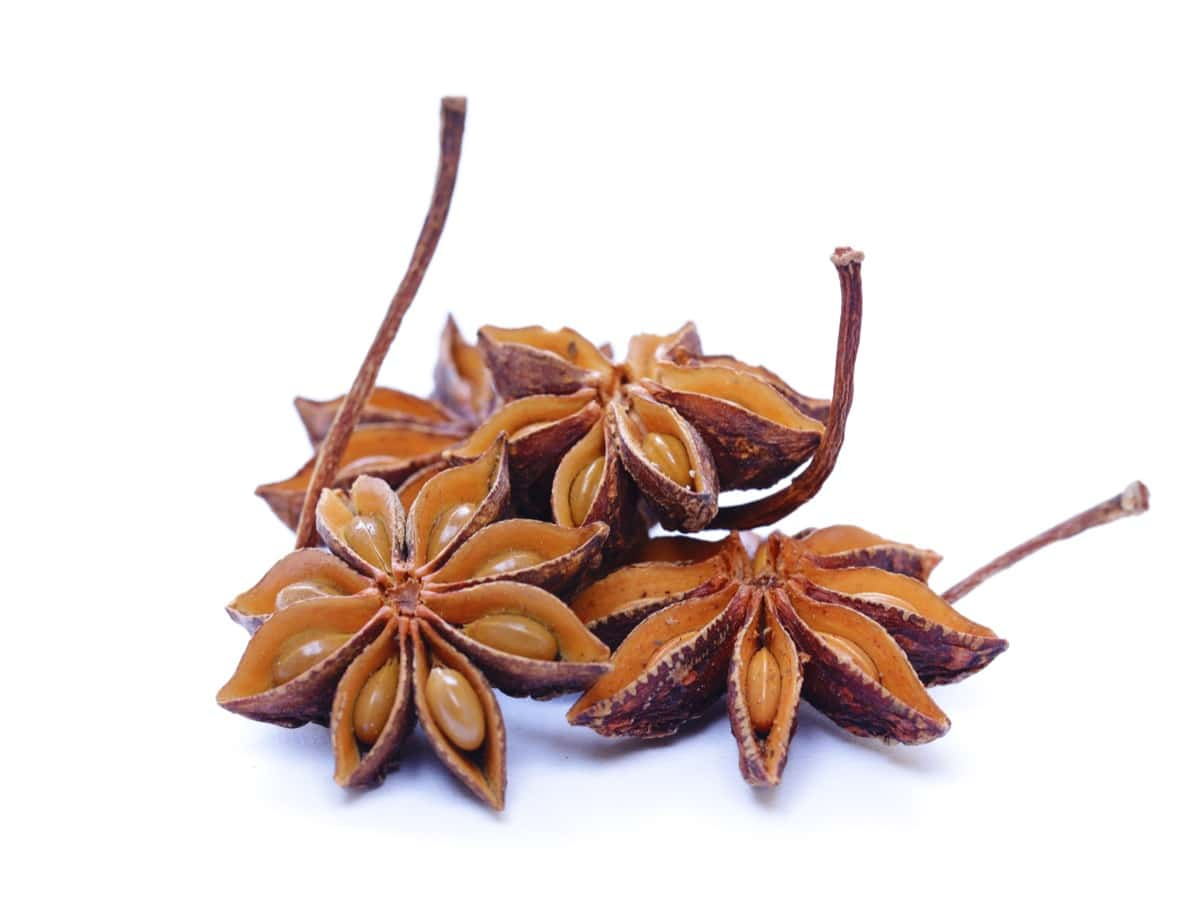
Quality Parameters and Grading Standards for Star Anise
- Star Anise’s quality depends on several parameters like physical appearance, color, size, flavor, nutritional content, and sometimes medicinal application.
- The most important factor is the essential oil content, which gives this spice its aroma and flavor.
- In addition to essential oils, physical appearance also plays a role in determining Star Anise quality. The color should be a deep shade of brown with no signs of discoloration or mold. The size should also be consistent throughout the batch.
- The flavor profile is another critical aspect when grading Star Anise. Depending on market demand, nutritional content, and potential medicinal applications may also factor into grading standards.
- Proper grading ensures consistency in quality for consumers and helps farmers get better prices for their crops. Star Anise can be graded by hand or machine using standardized methods by government agencies or trade organizations.
Marketing Strategies for Star Anise Farmers
- Star Anise has high demand in international markets due to its medicinal properties and unique flavor profile used in food industries worldwide. Therefore, farmers need to take extra care while processing their yield after harvest to meet export quality standards and get better prices for their produce in domestic and international markets.
- Farmers can use social media platforms to promote their products or partner with online sellers to reach wider audiences.
- Branding your product is essential as it helps build customer loyalty while distinguishing your brand from competitors. This includes labeling your packaging with relevant information such as production date, quality standards certification labels, and net weight, among other key details that customers may require.
Government Schemes and Subsidies for Star Anise Cultivation in India
The Indian government offers several schemes and subsidies for farmers engaged in Star Anise cultivation. One such scheme is the National Medicinal Plants Board (NMPB), which provides financial assistance to promote the cultivation of medicinal plants, including Star Anise. Under this scheme, farmers can avail of up to 75% subsidy for setting up nurseries, plantations, and post-harvest infrastructure.
Another initiative is the Pradhan Mantri Fasal Bima Yojana (PMFBY), which aims to provide farmers with insurance coverage and financial support in case of crop failure due to natural calamities or other unforeseen events. Farmers growing Star Anise can benefit from this scheme by ensuring their crops and securing themselves against potential losses. Furthermore, the Rashtriya Krishi Vikas Yojana (RKVY) provides funding for promoting farming practices that are sustainable, eco-friendly, and economically viable.
In case you missed it: Key Rules to Improve Feed Conversion Ratio (FCR) in Fish: For Better Profits in Fish Cultivation
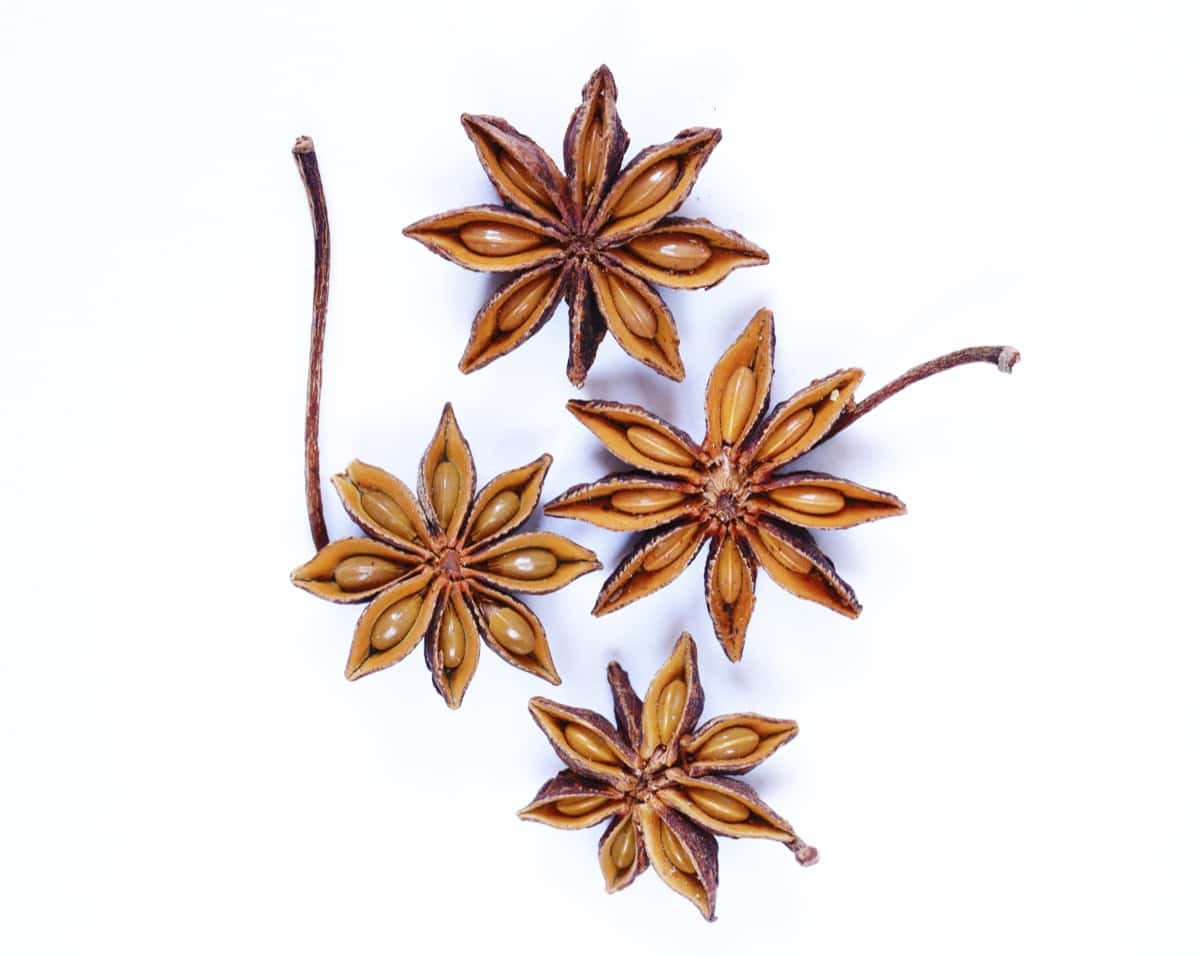
Conclusion
With its distinct aroma and flavor, Star Anise is a popular spice in many cuisines worldwide. Your crop can thrive and produce high-quality pods rich in essential oils with proper plant care, such as regular watering and pest control measures.
- How to Build a Low-budget Goat Shed: Cheap Ideas and Tips
- Goat Farming Training Programs in India: A Beginner’s Guide
- Types of Pesticides Used in Agriculture: A Beginner’s Guide
- Economical Aquaculture: A Guide to Low-Budget Fish Farming
- 15 Common Planting Errors That Can Doom Your Fruit Trees
- How to Make Houseplants Bushy: Effective Tips and Ideas
- Innovative Strategies for Boosting Coconut Pollination and Yield
- Pollination Strategies for Maximum Pumpkin Yield
- The Complete Guide to Chicken Fattening: Strategies for Maximum Growth
- Natural Solutions for Tulip Problems: 100% Effective Remedies for Leaf and Bulb-Related Issues
- Revolutionizing Citrus Preservation: Towards a Healthier, Greener Future
- Natural Solutions for Peony Leaf and Flower Problems: 100% Effective Remedies
- Maximizing Profits with Avocado Contract Farming in India: A Comprehensive Guide
- Natural Solutions for Hydrangea Problems: 100% Effective Remedies for Leaf and Flowers
- The Ultimate Guide to Choosing the Perfect Foliage Friend: Bringing Life Indoors
- From Sunlight to Sustainability: 15 Ways to Use Solar Technology in Agriculture
- The Ultimate Guide to Dong Tao Chicken: Exploring from History to Raising
- The Eco-Friendly Makeover: How to Convert Your Unused Swimming Pool into a Fish Pond
- Mastering the Art of Delaware Chicken Farming: Essentials for Healthy Backyard Flocks
- 20 Best Homemade Fertilizers for Money Plant: DIY Recipes and Application Methods
- How to Craft a Comprehensive Free-Range Chicken Farming Business Plan
- Brighten Your Flock: Raising Easter Egger Chickens for Beauty and Bounty
- How to Optimize Your Poultry Egg Farm Business Plan with These Strategies
- Subsidy for Spirulina Cultivation: How Indian Government Schemes Encouraging Spirulina Farmers
- Ultimate Guide to Raising Dominique Chickens: Breeding, Feeding, Egg-Production, and Care
- Mastering the Art of Raising Jersey Giant Chickens: Care, Feeding, and More
- Ultimate Guide to Raising Legbar Chickens: Breeding, Farming Practices, Diet, Egg-Production
- How to Raise Welsummer Chickens: A Comprehensive Guide for Beginners
- How to Protect Indoor Plants in Winter: A Comprehensive Guide
- Ultimate Guide to Grow Bag Gardening: Tips, Tricks, and Planting Ideas for Urban Gardeners
- Guide to Lotus Cultivation: How to Propagate, Plant, Grow, Care, Cost, and Profit
- Agriculture Drone Subsidy Scheme: Government Kisan Subsidy, License, and How to Apply Online
- Ultimate Guide to Raising Araucana Chickens: Breed Profile, Farming Economics, Diet, and Care
- Bringing Hydroponics to Classroom: Importance, Benefits of Learning for School Students
- Ultimate Guide to Raising Polish Chickens: Breed Profile, Farming Economics, Diet, and Care
- Ultimate Guide to Raising Australorp Chickens: Profile, Farming Economics, Egg Production, Diet, and Care